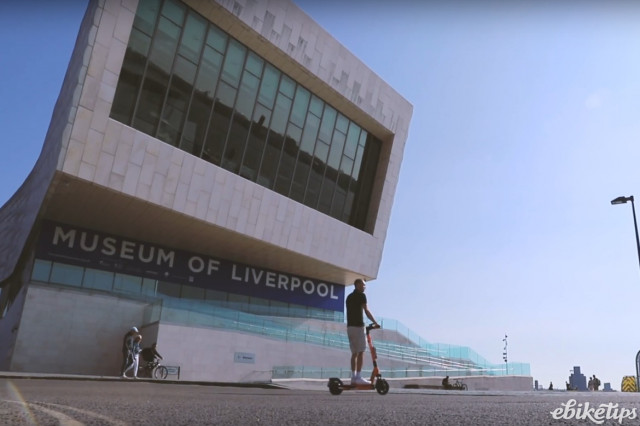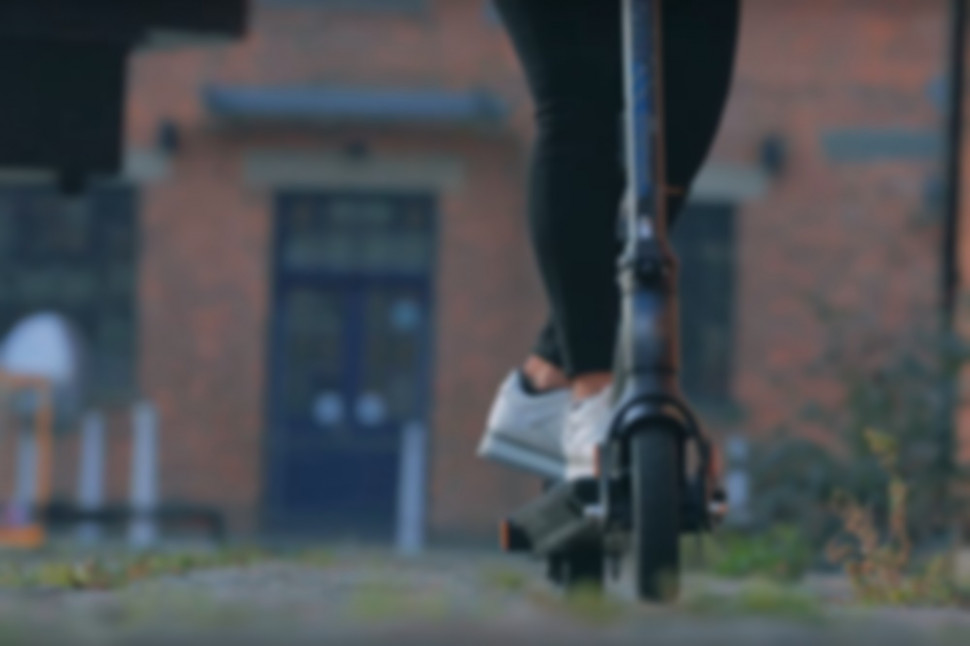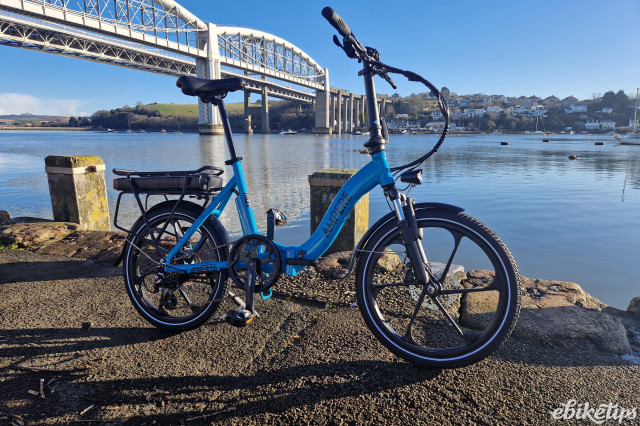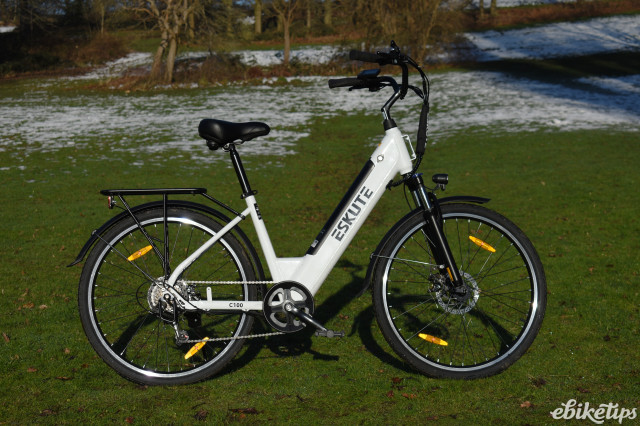A 20km/h (12.5mph) factory-set speed limit and compulsory helmets are two of the more eyecatching recommendations in a new report on e-scooter safety standards. The European Transport Safety Council (ETSC) and the UK Parliamentary Advisory Council for Transport Safety (PACTS) also recommend larger wheels, bans on passengers and pavement riding and a minimum age of 16.
It was announced last year that e-scooters would be legalised in the UK through the creation of new low-speed, zero-emission vehicle category. However, the Transport Bill that will legalise them has been pushed back until late this year at the earliest.
This has left manufacturers somewhat in limbo with no firm information on what safety standards will be imposed.
> Voi wants the government to set a timeline for e-scooter legalisation
ETSC is a Brussels-based independent non-profit organisation dedicated to reducing the numbers of deaths and injuries in transport in Europe, while PACTS is a charity that advises members of the Houses of Parliament on air, rail and road safety issues.
The two organisations say their report, "takes into account a wide body of available data, hospital studies, vehicle safety testing and research from across Europe and beyond."
Commenting on the report, ETSC executive director Antonio Avenoso said: “E-scooters are now a common sight in European cities, but sadly so too are seriously injured e-scooter riders in hospitals. To break the link between the increased numbers of these vehicles, and the increased numbers of injuries, we need some sensible measures to keep riders and other road users safe.
“E-scooters can play a role in sustainable cities of the future, which must prioritise the safety of vulnerable road users, using modes of transport that are much less risky to other road users than cars, vans and lorries.”
“So while we think e-scooters should go at a safe speed, and their riders should wear helmets, it is also the responsibility of cities to put in place the kind of safe road environment, with a network of separate cycle lanes, and appropriate speed limits, that is essential to greater safety for all.”
More detail
With e-scooter safety a concern in many European countries against a background of steeply increasing use over the past few years, the report certainly seems timely. Two examples show the scale of the growth: in 2021, more than 900,000 e-scooters were sold in France, an annual increase of 42%, whilst in the UK (where private e-scooters are currently illegal for private users of course) total imports by November 2022 were over 1.3 million.
The report acknowledges that information gathering on e-scooter accidents is in its infancy and so it is hard to draw meaningful conclusions from the sometimes limited data available at present.
However, notably the report comments: "Studies have found that in most e-scooter collisions no other road user is involved. Poor road surface conditions, e-scooter speed, riders intoxicated by alcohol or drugs, inexperienced users and lack of helmet use combined with the instability of an e-scooter contribute to the cause and severity of the injuries."
The report also states, "There is evidence that a high percentage of collisions occur the first time a rider uses an e-scooter" - hence the report also recommends mandatory rider training.
Some of the accident detail for individual countries is noteworthy too. For example, the report tells us that the French Academy of Medicine reported that the number of e-scooter injuries increased by nearly 180% between 2019 and 2022. It also notes that, "Provisional data from an evaluation report of the first 18 months of the rental trial e-scooter schemes in England, July 2020-December 2021, found that the casualty rate for rental e-scooters is about three times that for pedal cycles. This is based on police records, known as STATS19 data, rather than operator-reported casualties."
However, some of the recommendations will no doubt be controversial (especially the mandating of helmet wearing if the argument that swirls around it in cycling circles is anything to go by).
Among the recommendations from ETSC and PACTS are:
- A minimum rider age of 16, or an age limit aligned with the minimum age for riding a moped
- Mandatory helmets, aligned with current rules in Denmark, Finland, Greece and Spain
- A ban on riding with passengers, on pavements, while using a handheld mobile phone and under the influence of alcohol or drugs
- A factory-set speed limit of 12.5mph / 20km/h, aligned with current rules in Denmark, Germany, Italy, Norway, Sweden and Switzerland as well as a 250W power limit
- Anti-tampering measures to prevent use at unsafe speeds
- A minimum wheel size of 30.5 cm / 12 inches - the vast majority of e-scooters for sale in the UK have wheels of a smaller size than this
- Independent front and rear brakes, lights, indicators, and an audible warning device
The wider picture
Recommendations such as mandatory helmet use, larger wheels and brake lights and indicators stand out as there will be inevitable comments on the apparently more restrictive nature of these prescriptions compared to current e-bike legislation common across most of Europe - none of the above are mandated for e-bike use. If such recommendations are adopted by a significant number of European governments or even EU-wide there will be a significant restructuring of the e-scooter industry as it stands.
While the report itself is limited to technical requirements and rules for riders, ETSC points out that many of its existing recommendations for safety improvements for vulnerable road users, such as 30km/h speed limits, separated networks of cycle lanes, low traffic zones and higher levels of enforcement, will benefit all road users, including e-scooter users.
A common standard?
It will be fascinating to see if any or all of the recommendations are widely adopted, not least because the current regulations are so disparate when compared country by country, as this helpful table shows. The UK is joined by Cyprus, Ireland and, surprisingly Netherlands, as the only Euro countries that don't allow legal use of private e-scooters in public. Elsewhere standards such as minimum age, motor power and helmet wearing vary widely.








